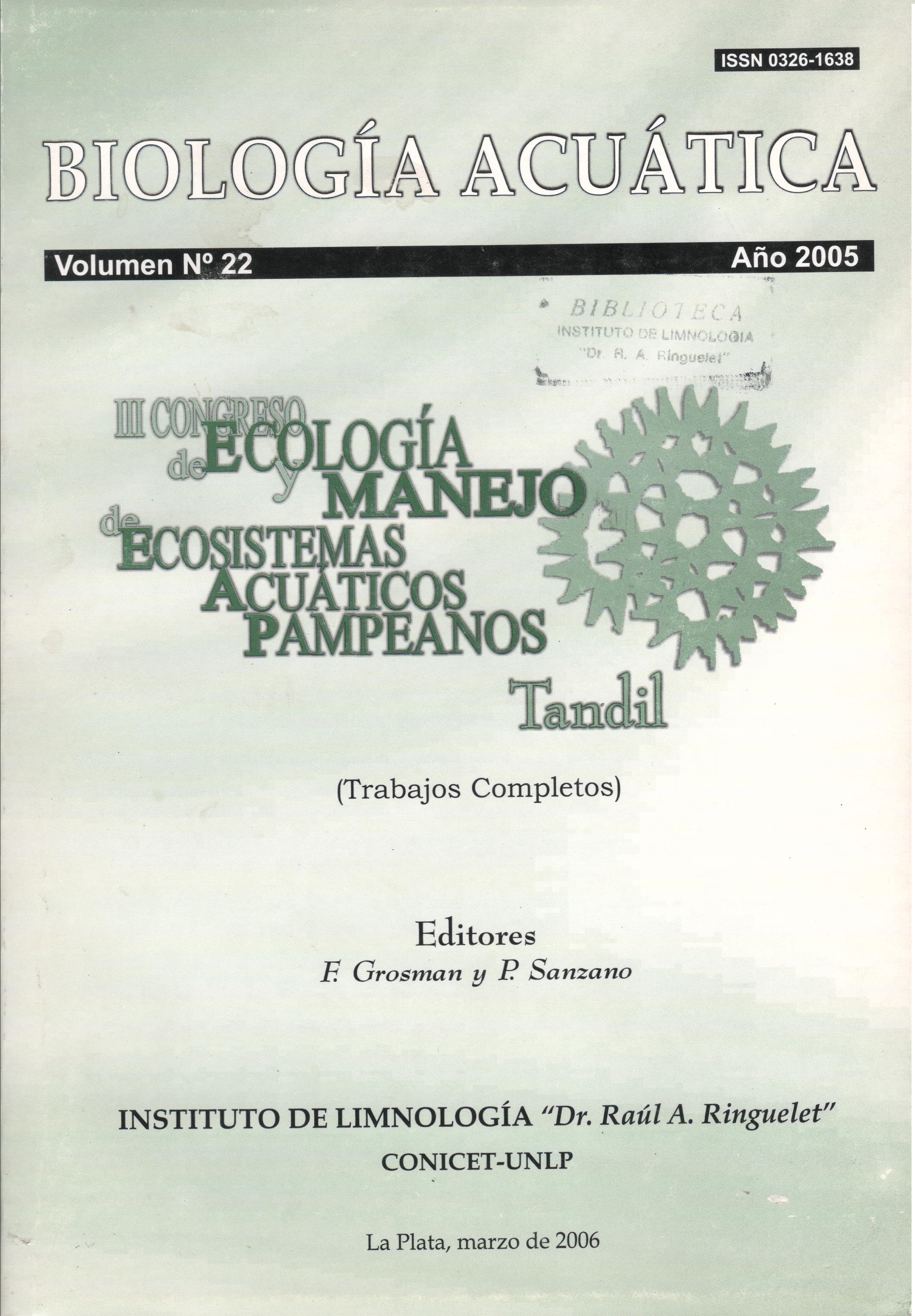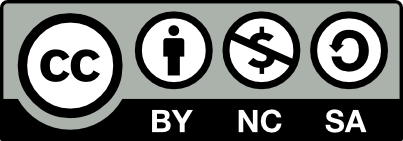Patrones de riesgo e implicancias de la presencia de Contracaecum sp. (Nematoda, Anisakidae) en pejerrey Odontesthes bonariensis (Pisces, Atherinopsidae)
Palavras-chave:
pejerrey, peces, Contracaecum, ArgentinaResumo
Several internal and external parasites have been reported in the wild population of the pejerrey, Odontesthes bonariensis, although most of previous studies have focused on taxonomy. The aims of this research were to describe the seasonal variation and the age prevalence pattern of the nematode Contracaecum sp., and to characterize the association between the pejerrey parasitic infestation with body condition score. Four samples, one per season, were collected during the years 2002 and 2003 in a shallow lake located in the southern area of Cordoba, Argentina (34° 36’S, 64° 24’W). The fishes caught were subject to age estimation using the Von Bertalanffy’s equation, the assessment of the relative weight (Wr) and the determination of abundance and intensity of the parasite infestation. The standard length average (n = 283) was 185,5 mm (range 38 - 380). The proportion of fishes with at least one parasite was 10,1%. The highest abundance (0,94) and prevalence (24,6%) were observed in summer, and the highest average intensity in autumn (5,7 parasites /fish). Fishes > 2 years old showed 5,99 more times (odds ratio IC95% 2,41 - 14,84) of being parasited with Contracaecum sp. in comparison to younger fishes. The Wr was lower for infested fishes (85,45; IC95% 81,82 - 89,08) in comparison to non infested specymens even after the statistical adjustment for season and age effects. Since Contracaecum sp. is zoonotic, the prevalence reported may pose a risk to humans due to the common habits of consuming uncontrolled fishes in recreational fisheries. In addition to that, parasitic infestation may also reduce body condition in fishes of commercial size.






















